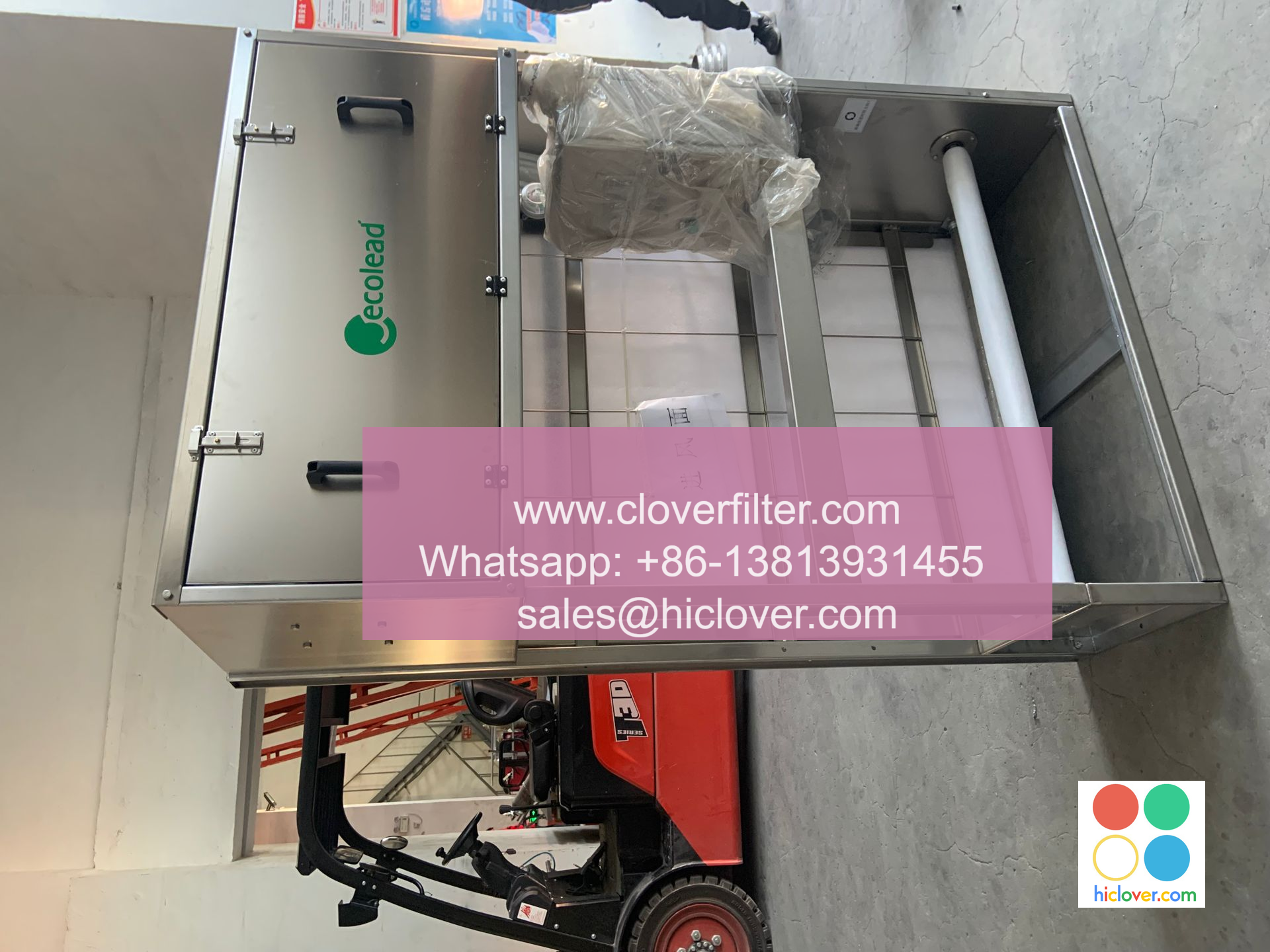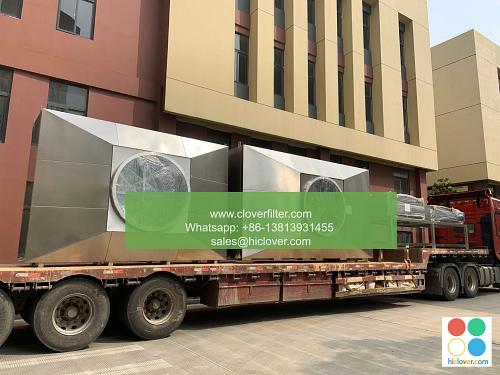The Relationship between Air Filter Regulations and Fire Safety

The relationship between air filter regulations and fire safety is a complex and multifaceted one, with indoor air quality and fire prevention being two of the most critical aspects. As governments and organizations around the world implement stricter air pollution control measures and fire safety codes, the importance of understanding the interplay between air filtration systems and fire risk assessment has never been more pressing.
Air Filter Regulations and Standards
Air filter regulations are designed to ensure that heating, ventilation, and air conditioning (HVAC) systems provide clean and safe air for building occupants. These regulations typically involve particulate matter (PM) reduction, gas phase filtration, and microbial control. In the United States, for example, the Environmental Protection Agency (EPA) and the Occupational Safety and Health Administration (OSHA) have established guidelines for indoor air quality management and airborne contaminant control. Similarly, in Europe, the European Union (EU) has implemented the Directive on Air Quality to limit PM emissions and improve air quality standards.
Fire Safety Considerations
Fire safety is another critical aspect of building design and operation, with fire risk assessment and hazard analysis being essential components of any fire safety management plan. The National Fire Protection Association (NFPA) and the International Code Council (ICC) provide guidelines for fire safety codes and standards in the United States. In the context of air filter regulations, fire safety considerations include the potential for air filters to increase fire risk if not properly designed, installed, or maintained. For example, electrostatic air filters can generate static electricity and ignite flammable materials if not properly grounded.
Application Areas and Industries
The relationship between air filter regulations and fire safety has significant implications for various industries and application areas, including:
* Commercial buildings: Office buildings, shopping centers, and hotels must comply with air filter regulations and fire safety codes to ensure occupant safety and comfort.
* Industrial facilities: Manufacturing plants, warehouses, and industrial processes require specialized air filtration systems and fire safety measures to prevent fire hazards and air pollution.
* Healthcare facilities: Hospitals, clinics, and nursing homes must maintain high indoor air quality standards and fire safety protocols to protect patients, staff, and visitors.
* Aircraft and transportation: The aviation industry and transportation sector require customized air filtration systems and fire safety solutions to ensure passenger safety and vehicle integrity.
Conclusion and Future Directions
In conclusion, the relationship between air filter regulations and fire safety is a critical aspect of building design, operation, and management. As air pollution control measures and fire safety codes continue to evolve, it is essential to consider the interplay between air filtration systems and fire risk assessment to ensure occupant safety and property protection. Future research and development should focus on integrating air filter regulations and fire safety standards to create more effective and efficient indoor air quality management and fire safety management plans. By doing so, we can promote safer, healthier, and more sustainable built environments for generations to come. Prompt

